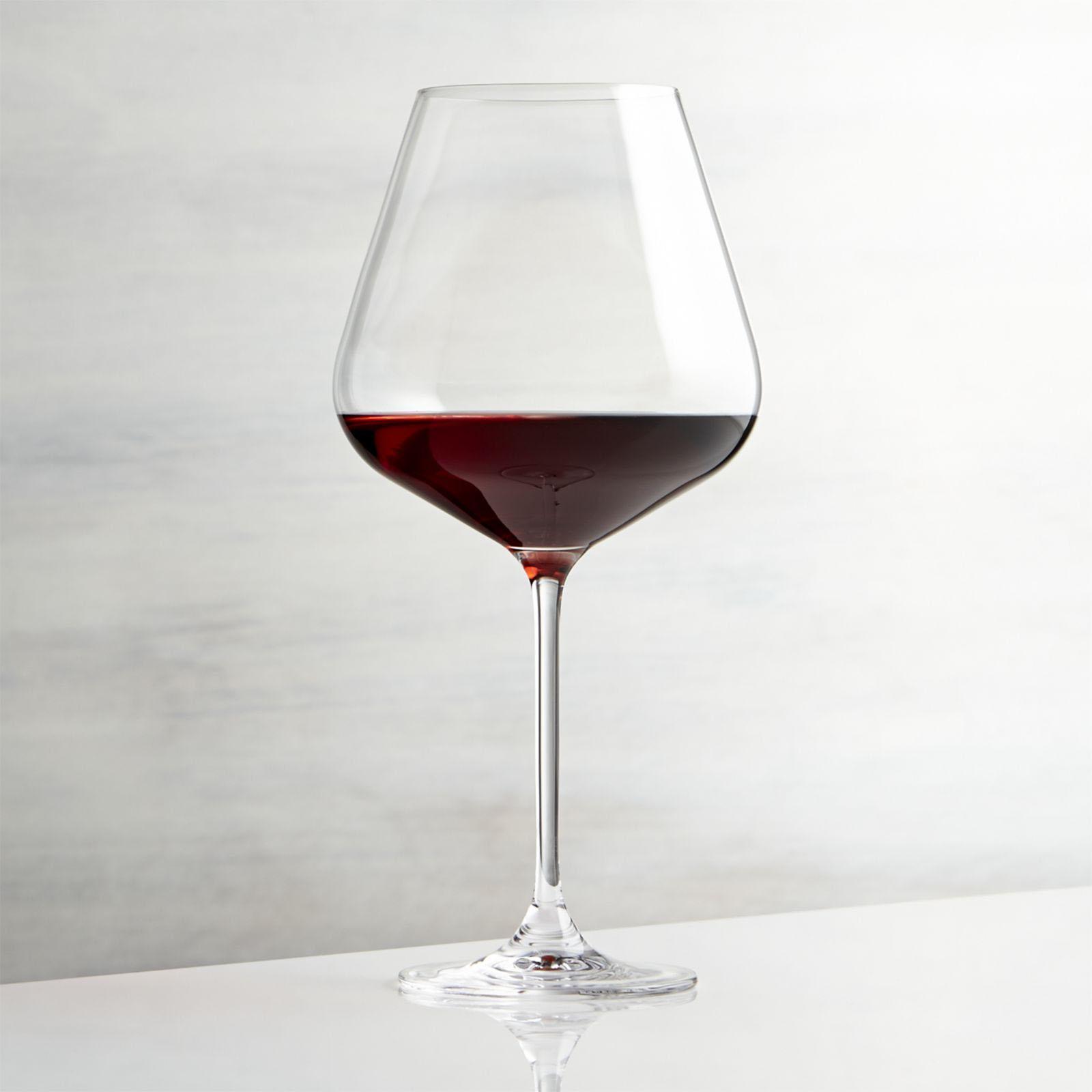

Tableware
Why Are Red Wine Glasses Bigger?
Modified: March 2, 2024
Discover the reasons why red wine glasses are larger than other tableware options. Enhance your wine tasting experience with the perfect glass size.
(Many of the links in this article redirect to a specific reviewed product. Your purchase of these products through affiliate links helps to generate commission for Storables.com, at no extra cost. Learn more)
Introduction
Welcome to the fascinating world of tableware, where every piece has its purpose and significance. When it comes to enjoying a fine glass of wine, the vessel in which it is served plays a crucial role. Wine glasses are not just mere containers; they are designed to enhance the sensory experience and elevate the enjoyment of wine.
One question that often arises is, “Why are red wine glasses bigger?” Many people wonder why red wine is poured into larger glasses compared to other types of wine. The answer lies in the specific characteristics and needs of red wine, which we’ll explore in this article.
Before we dive into the rationale behind larger red wine glasses, let’s first understand the role that wine glasses play in general. Wine glasses are carefully crafted to bring out the best in every sip. They are designed to showcase the wine’s aroma, flavor profile, and visually appeal to the senses.
Factors such as the shape of the bowl, the size of the opening, and the stem length are all carefully considered in the design of wine glasses. Each element serves a specific purpose and enhances the overall experience of drinking wine.
So, why exactly are red wine glasses larger compared to white wine glasses, Champagne flutes, or other types of glassware? Let’s explore the various factors that influence the size of red wine glasses.
Key Takeaways:
- Red wine glasses are larger to enhance aroma, flavor, and visual appeal. The size accommodates swirling, oxygenation, and larger sips, elevating the overall sensory experience of enjoying red wine.
- Bigger red wine glasses intensify aroma, soften tannins, and showcase vibrant colors. They create an elegant presentation, enhancing the enjoyment and visual allure of red wine.
Read more: How Many Calories In A Glass Of Red Wine
The Role of Wine Glasses
Before we delve into why red wine glasses are typically larger, let’s first understand the role that wine glasses play in enhancing the enjoyment of wine.
Firstly, the shape of the glass, particularly the bowl, influences how the wine is perceived by our senses. The curvature of the bowl allows the wine to come into contact with the air, releasing its aromas and enhancing the overall experience. The narrow opening of the glass helps to concentrate these aromas, directing them towards the nose, where they can be fully appreciated.
The size of the glass also affects how the wine is consumed. Smaller glasses are often used for lighter, more delicate wines, such as white wines and champagnes. These wines are typically consumed in smaller sips to fully appreciate their nuances. On the other hand, red wines, with their bolder flavors and complex characteristics, call for a larger glass to allow for a more generous pour and ample room to swirl the wine, potentially releasing more of its aromas and flavors.
Additionally, the stem of the wine glass serves a practical purpose. It allows the drinker to hold the glass without warming the wine with body heat. This is particularly important for red wines, which are often served at slightly higher temperatures than white wines.
Now that we have a better understanding of the role different wine glasses play in the enjoyment of wine, let’s explore the specific factors that influence why red wine glasses tend to be larger.
Factors Influencing Wine Glass Size
Several factors come into play when determining the size of a wine glass, including the type of wine being served, the characteristics of the wine, and the overall aesthetic and presentation preferences. Let’s delve into these factors to understand why red wine glasses are often larger.
1. Wine characteristics: Red wines are known for their bold flavors, rich aromas, and complex profiles. They often contain higher tannins and require more exposure to air to fully develop these characteristics. The larger bowl of a red wine glass allows for more surface area for the wine to interact with air, facilitating the release of aromas and allowing the wine to breathe and develop its full potential.
2. Room for swirling: Swirling the wine in the glass is a common practice among wine enthusiasts. This motion helps to release the wine’s aromas and gives it a chance to coat the glass, offering a more enhanced tasting experience. The larger size of a red wine glass provides ample room for swirling without the risk of spillage or overflowing.
3. Consideration for temperature: Red wines are typically served at a slightly warmer temperature compared to white wines. The larger size of the glass helps to prevent the wine from warming up too quickly due to the heat of the drinker’s hand. This ensures that the wine remains at an optimal temperature throughout the tasting experience.
4. Aesthetic appeal: Presentation plays a crucial role in the world of wine. Larger glasses are often considered more aesthetically pleasing and elegant. The generous size of a red wine glass gives it a sense of grandeur and sophistication, enhancing the overall visual appeal when it is filled with a deep, vibrant red wine.
5. Wine industry standards: Over time, specific glassware shapes and sizes have become associated with certain types of wines. These industry standards are partly influenced by tradition and partly by scientific research on how different glass shapes affect the perception of wine. Red wine glasses have traditionally been larger, and this convention has persisted in the industry.
By considering these factors, wine glass manufacturers have tailored their designs to provide the best possible experience when savoring red wines. The larger size of red wine glasses ensures that the wine has the opportunity to express its full potential in terms of aroma, flavor, and overall sensory experience.
Red Wine: Why Bigger Glasses?
When it comes to red wine, larger glasses are often favored for several reasons. The characteristics of red wine, along with the desire to enhance its aroma, flavor, and overall experience, are key factors influencing the choice of bigger glasses.
Enhancing Aroma and Flavor: Red wines are known for their complex aromas and flavors. The larger bowl of a red wine glass allows the wine to come into contact with more air, which helps to release and intensify the wine’s aromas. This is particularly important for red wines that benefit from aeration, such as those with higher tannins. The wider surface area of the wine in a larger glass exposes more of it to oxygen, allowing the wine to “breathe” and develop its full aromatic potential.
Allowing Sufficient Oxygenation: Red wines often require a longer time to fully open up and reveal their flavors. By pouring red wine into a bigger glass, you provide it with ample room to breathe, allowing oxygen to interact with the wine and soften its tannins. This oxygenation process helps to create a smoother and more balanced mouthfeel, enhancing the overall taste experience.
Accommodating Larger Sips: Red wines are typically fuller-bodied and more robust compared to white wines or sparkling wines. They can benefit from being consumed in larger sips in order to fully appreciate their depth and complexity. The larger size of a red wine glass allows you to take bigger sips, enabling the wine to coat your palate and fully express its flavors throughout your mouth.
Visual Aesthetics and Presentation: The visual aspect of wine tasting is an important part of the experience. Red wines are often deep in color, ranging from ruby red to deep garnet or even purple. Filling a larger glass with red wine allows the vibrant colors of the wine to be fully showcased, enhancing the visual appeal of the overall presentation. The larger glass also provides a more elegant and visually pleasing look, making it a preferred choice for formal wine service.
In summary, the larger size of red wine glasses serves multiple purposes. It enhances the aroma and flavor profiles of red wines, encourages sufficient oxygenation, accommodates larger sips to fully appreciate the wine’s complexity, and enhances the visual aesthetics and presentation. Choosing a bigger glass for red wine allows you to fully immerse yourself in the sensory experience, unlocking the true potential of the wine with every sip.
Enhancing Aroma and Flavor
One of the primary reasons for using bigger glasses when serving red wine is to enhance its aroma and flavor. The design and size of the glass have a direct impact on our perception of the wine’s sensory qualities. Let’s dive deeper into how using larger red wine glasses can heighten the overall tasting experience.
Aroma Intensity: Aroma plays a crucial role in our enjoyment of wine. The larger bowl of a red wine glass allows for more surface area, which increases the exposure of the wine to air. As a result, the wine’s aromas are more pronounced and easier to detect. The complex bouquet of red wines, with notes of fruit, flowers, spices, and oak, can be fully appreciated in a bigger glass.
Swirling and Oxygenation: When swirling wine in a glass, it releases volatile compounds that contribute to its aroma. The wider diameter of a larger red wine glass provides more space for gentle swirling without spilling. This swirling action helps to oxygenate the wine, allowing it to open up and release additional aromas. The combination of swirling and oxygenation enhances the aromatic profile and improves the overall olfactory experience.
Temperature Regulation: Red wines are typically served at slightly higher temperatures than white wines. The larger size of the glass allows the wine to cool slightly slower. This is particularly important for full-bodied red wines that benefit from being served at a slightly warmer temperature to showcase their rich flavors. The bigger glass helps to retain the wine’s ideal temperature for a longer duration, ensuring you can fully savor its complex flavor profile.
Aroma Concentration: The wider opening of a larger red wine glass allows for the concentration of aromas. As you bring the glass closer to your nose to take a sip, the aromas are directed towards your olfactory receptors, intensifying the overall experience. This concentrated release of aromas enhances your ability to detect the subtle nuances and distinctive notes of the wine, making your tasting experience more enjoyable and fulfilling.
By using bigger red wine glasses, you can fully immerse yourself in the aromatic journey of the wine. The expansive surface area of the glass, coupled with swirling and oxygenation, heightens the intensity and complexity of the wine’s aromas. Additionally, the wider opening of the glass concentrates the aromas, allowing you to fully appreciate the intricate nuances and flavors of the red wine.
When serving red wine, use a larger glass to allow the wine to breathe and release its aromas, enhancing the overall tasting experience.
Read more: How Many Calories Is A Glass Of Red Wine?
Allowing Sufficient Oxygenation
Another key reason for using bigger glasses when serving red wine is to allow for sufficient oxygenation. Oxygen plays a crucial role in the development and maturation of wine, and the size of the glass directly influences how much air comes into contact with the wine. Let’s explore why allowing proper oxygenation is essential in enhancing the taste and texture of red wines.
Softening Tannins: Tannins are naturally occurring compounds found in grape skins, seeds, and stems. They contribute to the structure and mouthfeel of red wines, but excessive tannins can make a wine taste astringent or overly harsh. By exposing the wine to the air in a larger glass, the tannins have the opportunity to interact with oxygen, which can help soften and mellow them. This process is known as “breathing” or “aeration.” The result is a smoother, more balanced wine with a less aggressive tannic presence.
Enhancing Flavor Complexity: Red wines often have complex flavor profiles that develop and evolve with time and exposure to air. By using bigger glasses, the wine has more space to breathe and develop its flavors. Allowing sufficient oxygenation in a larger glass helps to amplify and unlock the different layers of flavors in the wine. As the wine interacts with the air, it becomes more expressive, with subtle nuances and intricate taste characteristics coming to the forefront.
Mellowing Acidity: Red wines can sometimes have high levels of acidity. Oxygenation in a larger glass can help temper or mellow the acidity, making the wine feel more balanced and pleasant on the palate. This phenomenon occurs as the oxygen reacts with the wine’s acids, resulting in a rounder and smoother mouthfeel. Red wines with well-integrated acidity tend to exhibit improved flavor harmony and a more enjoyable drinking experience.
Allowing Time to Open Up: Some red wines benefit from a period of time to “breathe” and open up before they are fully enjoyed. This is especially true for wines that have been aged or have spent time in oak barrels. The larger size of the glass provides the necessary space for the wine to breathe, allowing it to fully express its potential and reveal its true character. Allowing red wines to open up in a bigger glass can dramatically improve their taste and complexity.
By using bigger glasses, red wines have more exposure to oxygen, allowing for proper aeration and development of flavors. This process softens tannins, enhances flavor complexity, mitigates acidity, and gives the wine time to open up. The result is a red wine with improved balance, complexity, and an overall pleasurable drinking experience.
Accommodating Larger Sips
When it comes to red wine, the size of the glass is also influenced by the desire to accommodate larger sips. Unlike lighter white wines or sparkling wines, red wines are typically fuller-bodied and more robust in flavor. They are meant to be savored and enjoyed in larger quantities to fully appreciate their richness and complexity. Let’s explore why bigger glasses are conducive to taking larger sips of red wine.
Full Expression of Flavors: Red wines often have a wide range of flavors, from dark fruits like blackberries and cherries to earthy notes, spices, and subtle hints of oak. By taking bigger sips, you allow the wine to fully coat your palate, ensuring that you experience the full spectrum of flavors in each sip. The larger glass provides enough space for the wine to evenly distribute across your taste buds, enhancing the overall tasting experience.
Balanced Mouthfeel: The texture and mouthfeel of red wine are essential elements of its enjoyment. Taking larger sips allows the wine to interact with your entire mouth, including the tongue, cheeks, and gums, providing a more comprehensive sensory experience. The ample size of the glass ensures that the flavors and texture of the wine are evenly distributed, resulting in a balanced and harmonious mouthfeel.
Appreciating Complexity: Red wines often possess a depth of complexity that requires time for the flavors to unfold. By taking larger sips, you allow the wine to linger in your mouth, giving your taste buds a chance to detect subtle nuances and intricate flavor profiles. The bigger glass allows you to fully grasp the intricacies of the wine, from its initial attack to the lingering finish, as you savor each sip.
Enhanced Enjoyment: The act of drinking red wine is often associated with relaxation and indulgence. Taking larger sips allows you to fully immerse yourself in the experience, appreciating the wine’s richness and depth. The bigger glass ensures that each sip is substantial and satisfying, enhancing the overall pleasure and enjoyment of the wine.
By using bigger glasses for red wine, you are able to accommodate larger sips, enabling you to fully immerse yourself in the flavors, texture, and complexity of the wine. Taking larger sips allows for a more comprehensive tasting experience, ensuring that you fully appreciate the richness and depth that red wines have to offer.
Visual Aesthetics and Presentation
When it comes to the enjoyment of red wine, visual aesthetics and presentation play a significant role. The size of the glass is not only functional but also contributes to the overall visual appeal of the experience. Let’s explore why bigger glasses are often chosen for red wine, enhancing its visual elegance and presentation.
Showcasing Deep Colors: Red wines are known for their rich and vibrant colors, ranging from ruby red to deep garnet or even purple. The larger size of the glass allows these intense hues to be fully showcased, captivating the eye and enhancing the sensory experience even before the first sip. The depth and vividness of the wine’s color in a bigger glass add to its allure and visual appeal.
Elegant Presentation: The larger size of the glass adds an element of sophistication and elegance to the overall presentation of red wine. It creates a visual statement, signaling that the wine inside is meant to be savored and enjoyed with a sense of occasion. Whether at a formal dinner or a casual gathering, the use of larger red wine glasses elevates the overall aesthetic and creates an impression of refinement.
Enhanced Tasting Experience: As humans, our perception of taste is influenced by our other senses, especially sight. A larger glass creates a sense of anticipation and excitement before taking that first sip. The visual appeal and elegance of the glass can have a subconscious impact on our overall perception of the wine, enhancing the tasting experience and making it more enjoyable.
Appreciating Wine Legs: The phenomenon of wine legs, also known as tears or curtains, refers to the droplets that form on the inside of the glass after swirling the wine. These legs are influenced by the wine’s alcohol content and viscosity. The larger surface area of the glass allows for better observation and appreciation of the wine legs, adding to the visual fascination and intrigue of the wine.
Matching Wine Presentation: In the world of fine dining and wine service, the visual presentation of the wine is meticulously curated to create a cohesive and appealing experience. When serving red wine in larger glasses, it aligns with the overall presentation and aesthetics of the occasion. It complements the elegance and sophistication of the food and ambiance, elevating the sensory experience as a whole.
In summary, the size of the glass has a significant impact on the visual aesthetics and presentation of red wine. The larger glass allows for the full expression and captivating showcase of the wine’s deep colors. It adds an element of elegance to the overall presentation, enhancing the sensory anticipation before tasting. Additionally, the larger glass allows for the observation and appreciation of wine legs, further contributing to the visual fascination of the wine. Choosing bigger glasses for red wine creates a visually appealing and refined experience that complements the enjoyment of the wine itself.
Conclusion
In the world of tableware and wine appreciation, the choice of the right glass can significantly enhance the overall experience of enjoying a fine glass of wine. When it comes to red wines, bigger glasses are commonly used for several reasons.
The size of the glass plays a vital role in enhancing the aroma, flavor, and overall sensory experience of red wine. The larger bowl allows the wine to interact with air, releasing its aromas and intensifying the olfactory experience. The bigger size also provides ample room for swirling, allowing the wine to aerate and fully develop its flavors.
Red wines often benefit from oxygenation, and the larger glass allows for proper aeration, enhancing the wine’s characteristics and ensuring a smoother mouthfeel. The size of the red wine glass also accommodates larger sips, enabling the full expression of flavors and complexity. Additionally, the larger glass enhances the visual aesthetics and presentation of red wine, showcasing its vibrant colors and adding an element of elegance to the experience.
Ultimately, the choice of a bigger glass for red wine is influenced by factors such as enhancing aroma and flavor, allowing sufficient oxygenation, accommodating larger sips, and creating a visually appealing presentation. Understanding the role that size plays in enhancing the overall wine experience can greatly enhance the enjoyment and appreciation of red wines.
So, the next time you reach for a glass of red wine, consider pouring it into a bigger glass. Embrace the opportunity to fully immerse yourself in the wine’s aromas, flavors, and visual allure. Allow the larger glass to enhance your sensory journey, and elevate your enjoyment of this beloved beverage.
Frequently Asked Questions about Why Are Red Wine Glasses Bigger?
Was this page helpful?
At Storables.com, we guarantee accurate and reliable information. Our content, validated by Expert Board Contributors, is crafted following stringent Editorial Policies. We're committed to providing you with well-researched, expert-backed insights for all your informational needs.
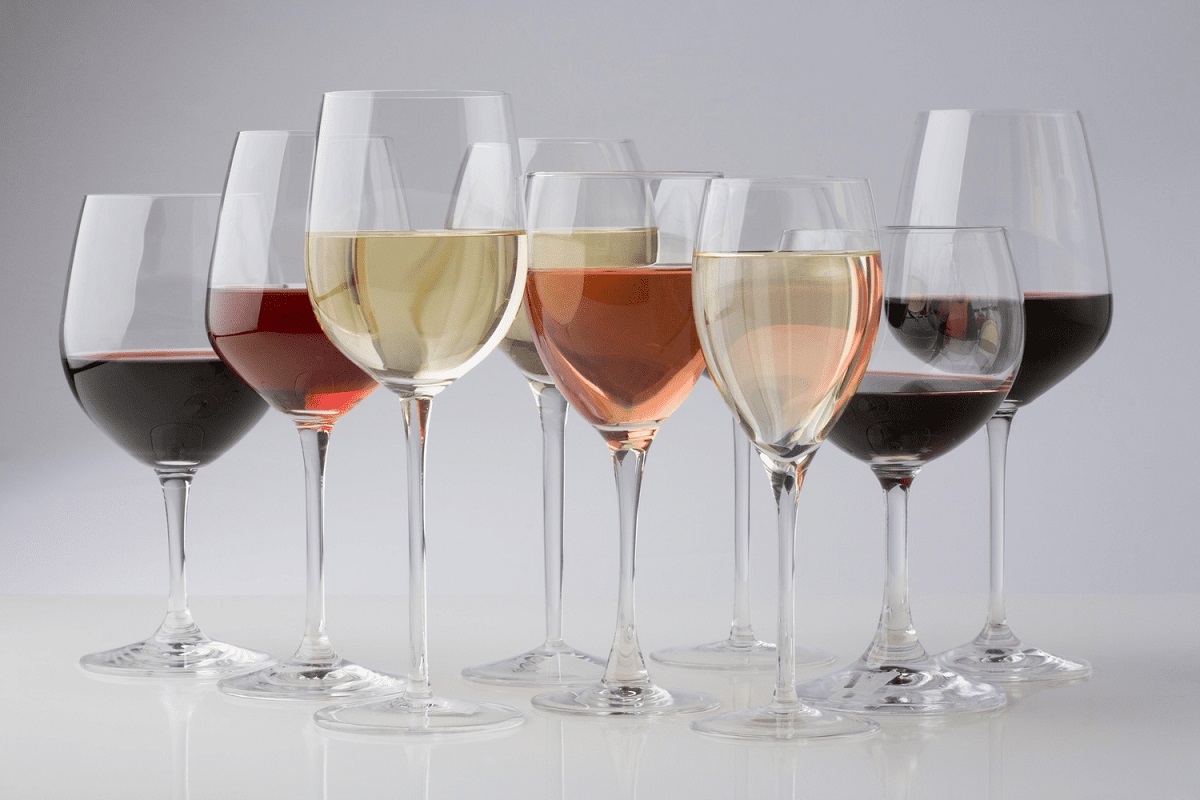
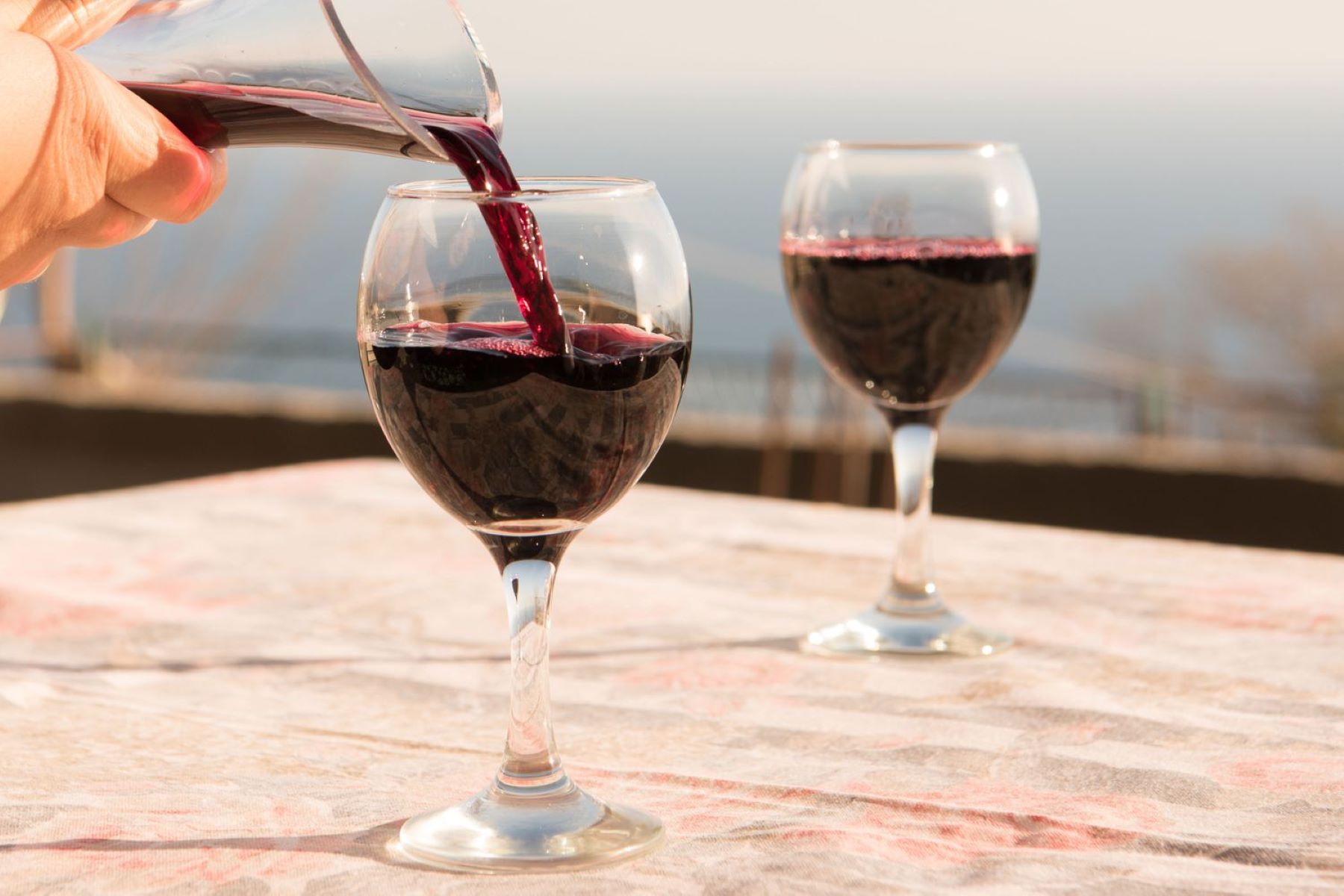
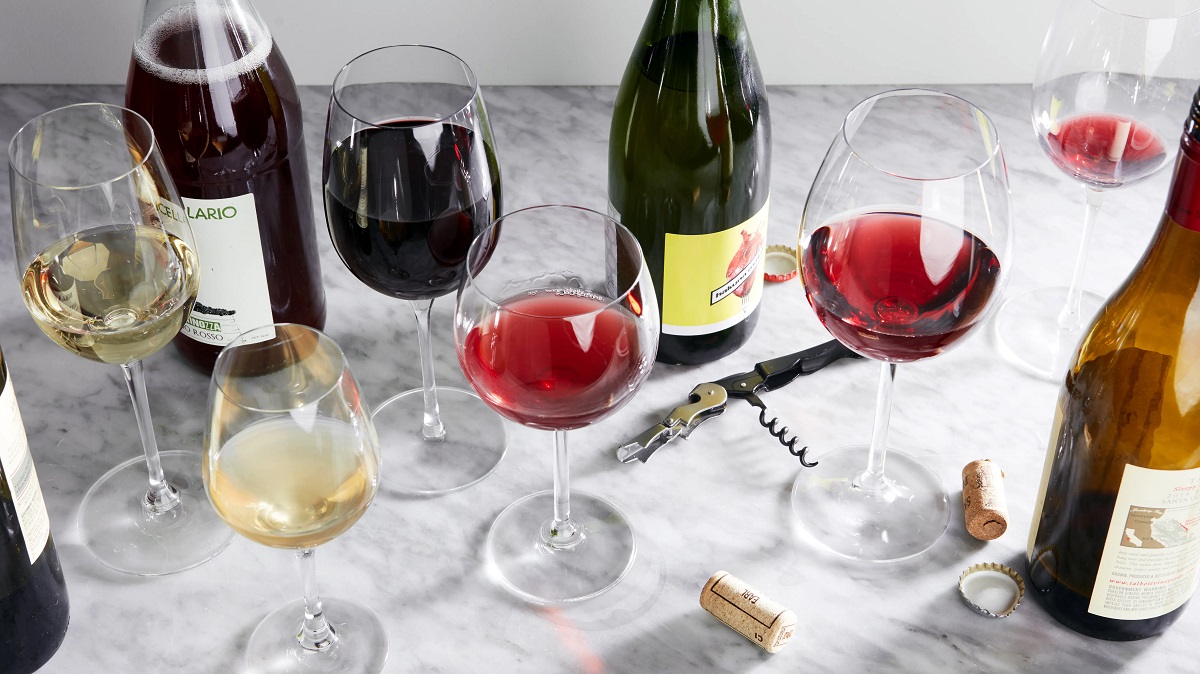
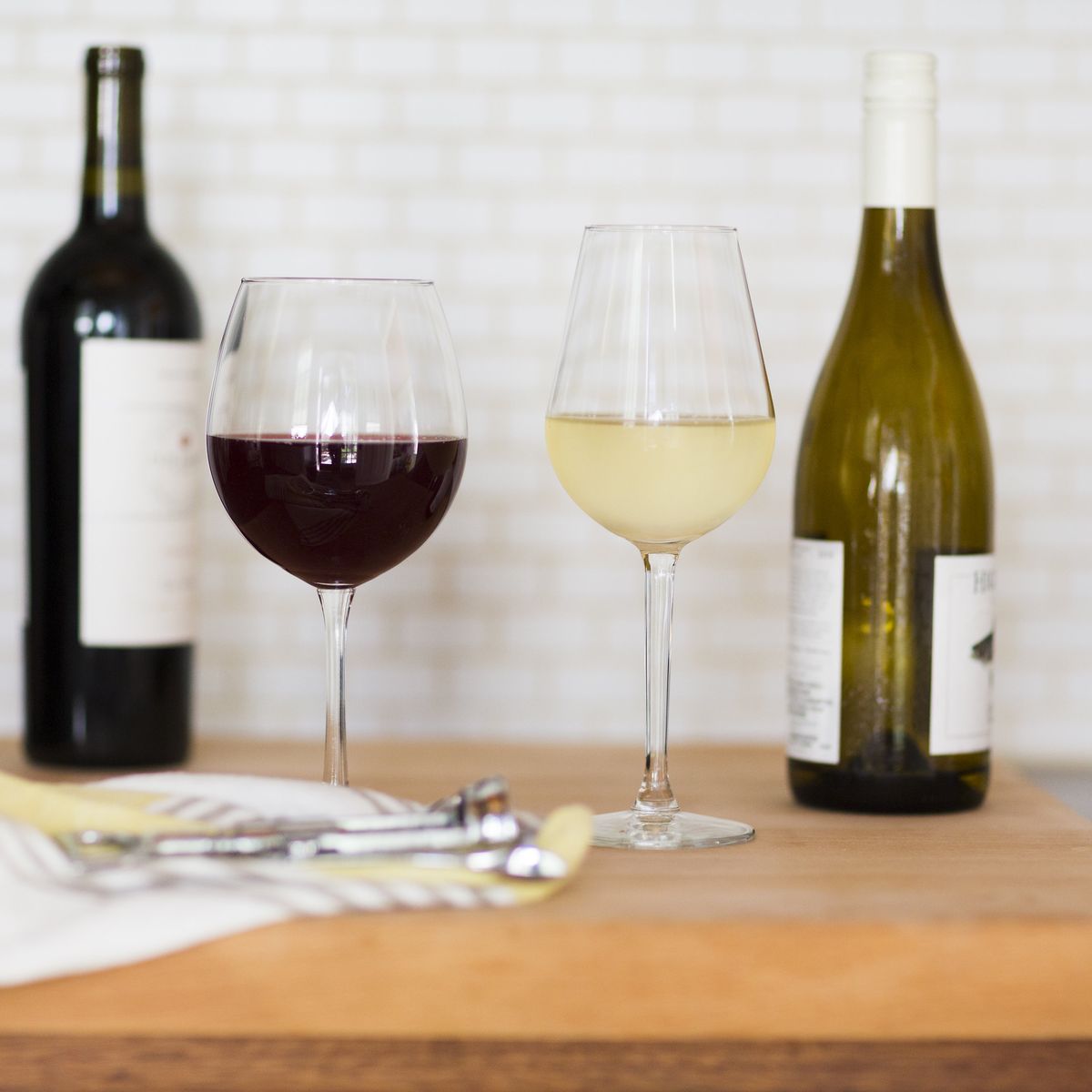

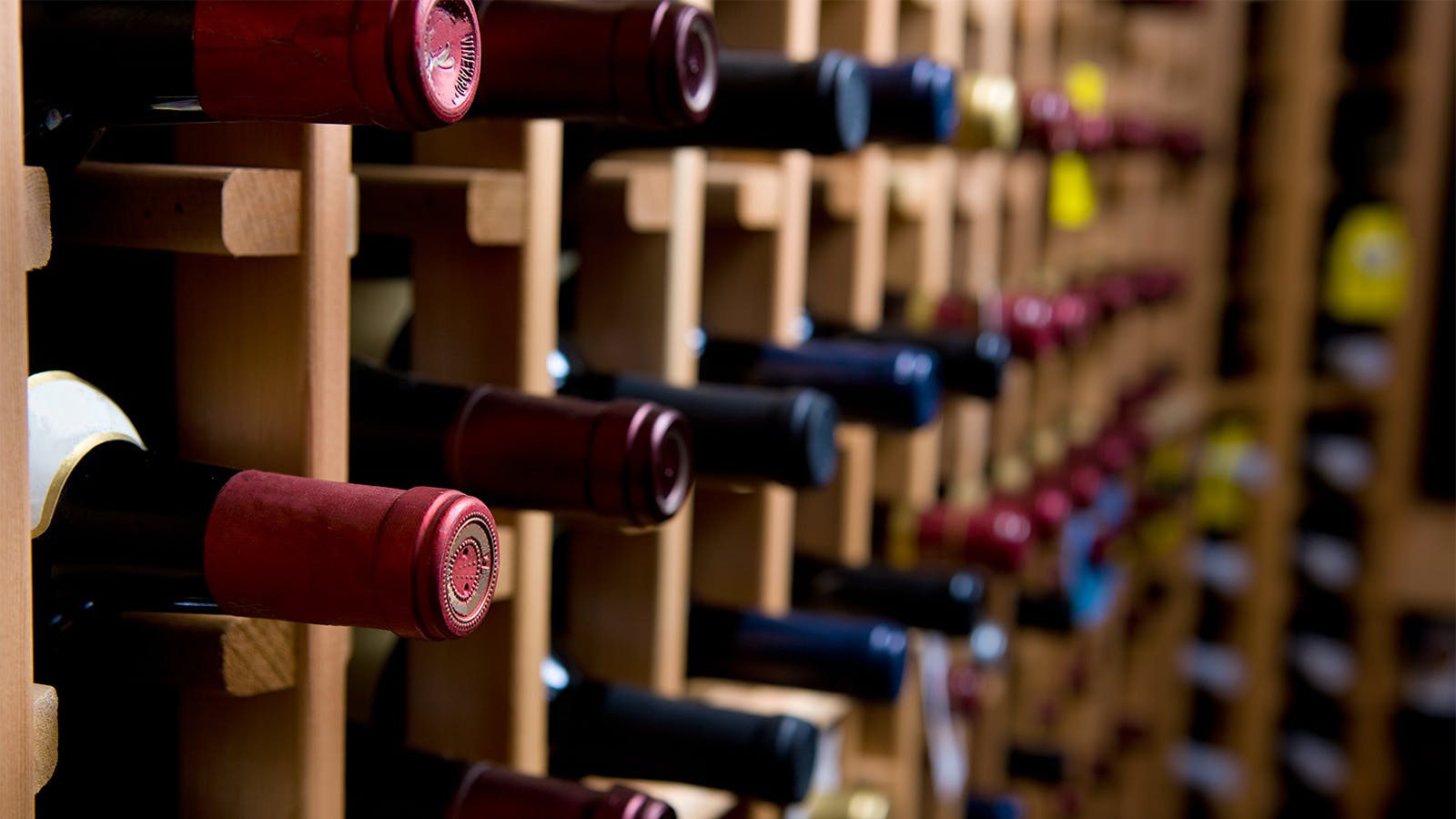
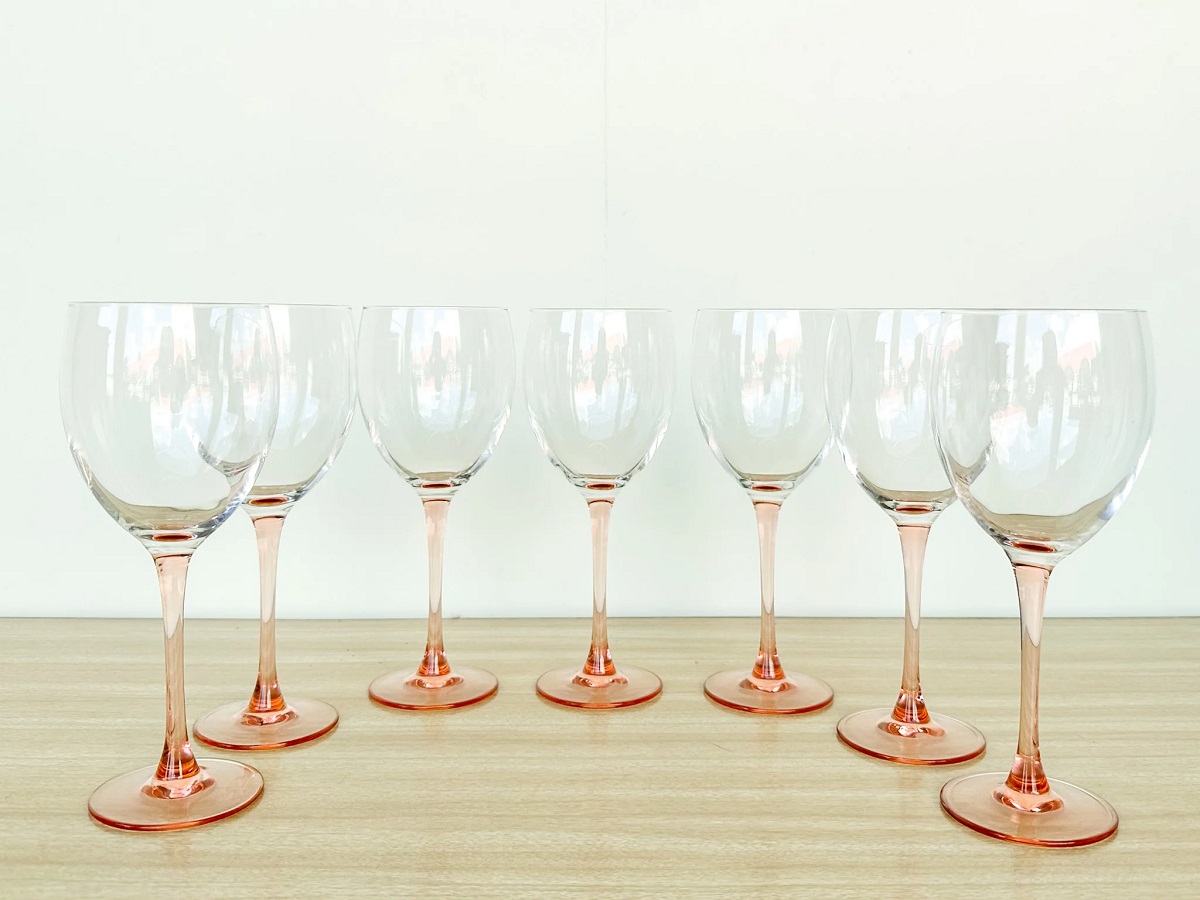
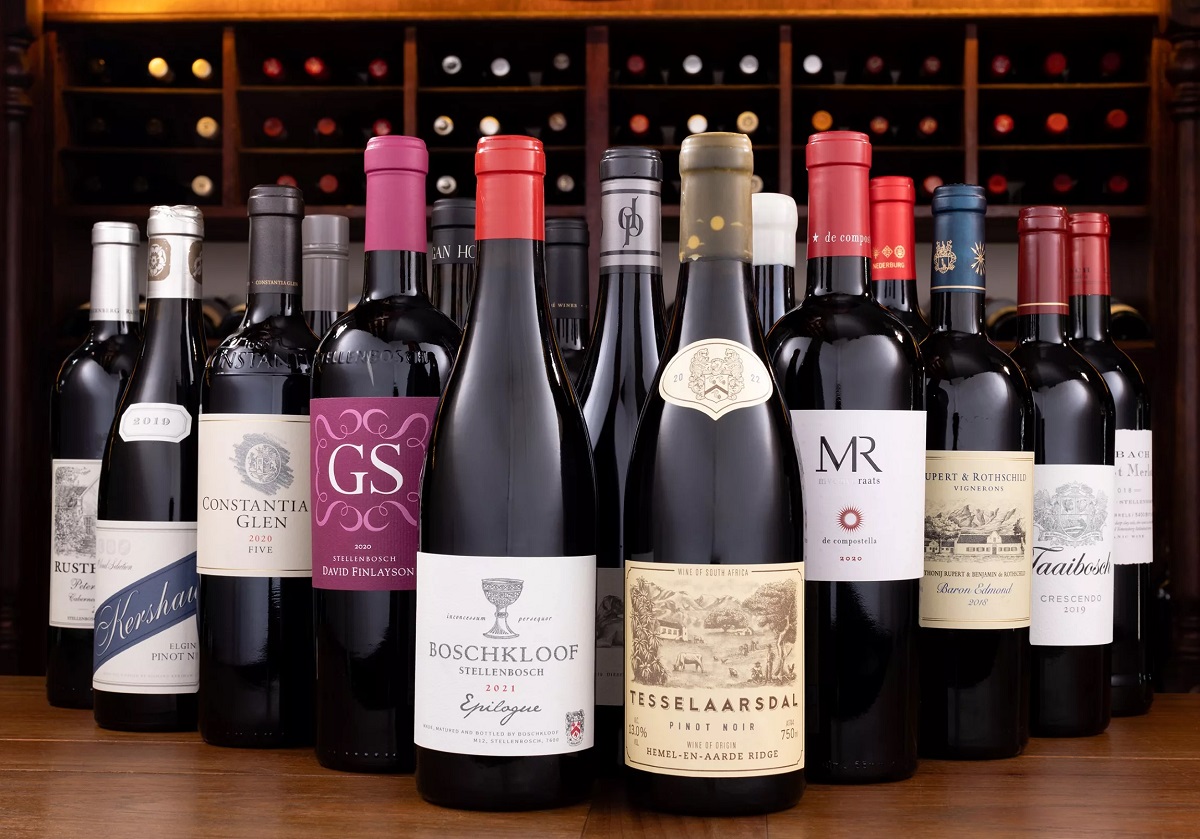
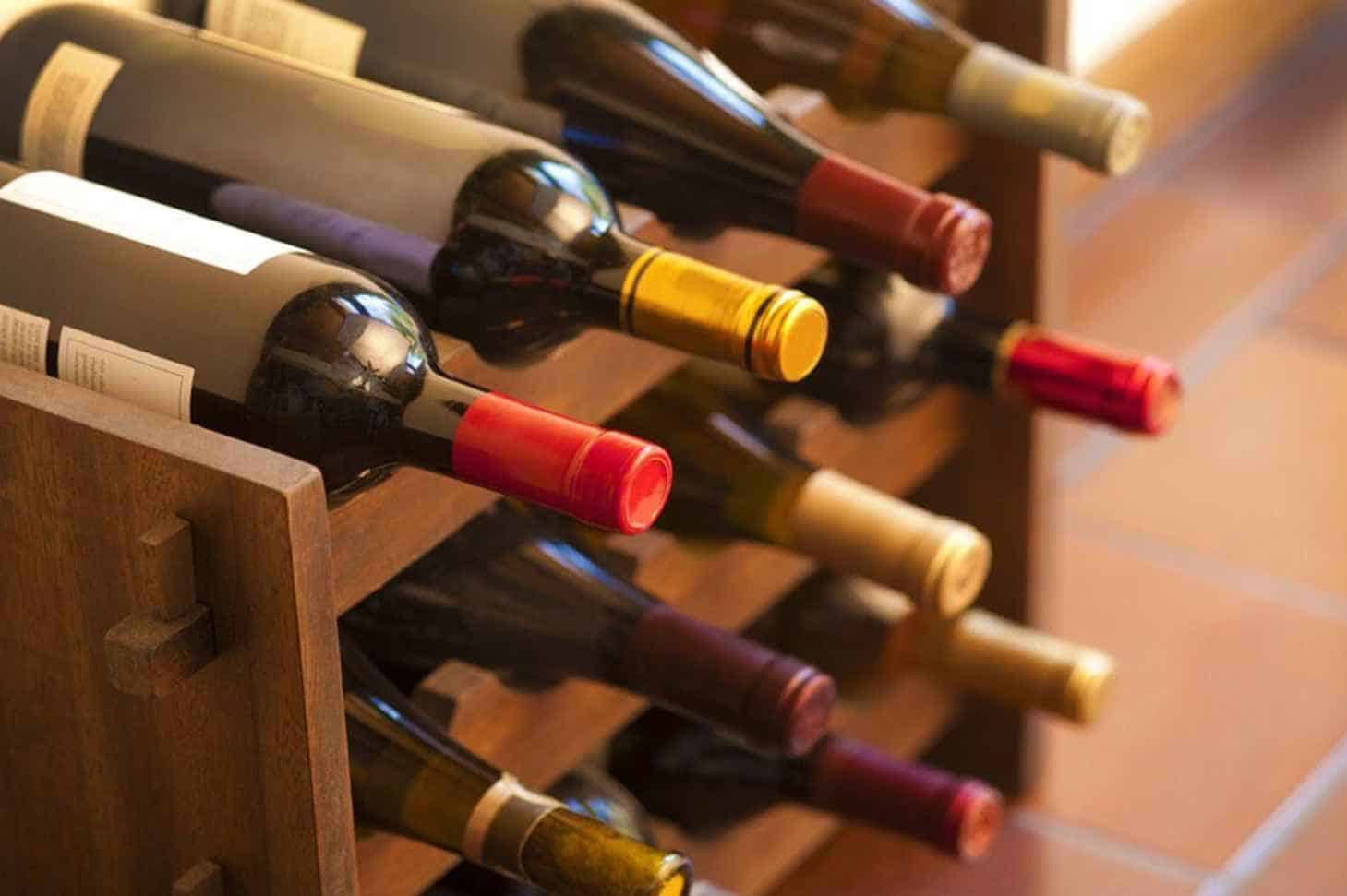
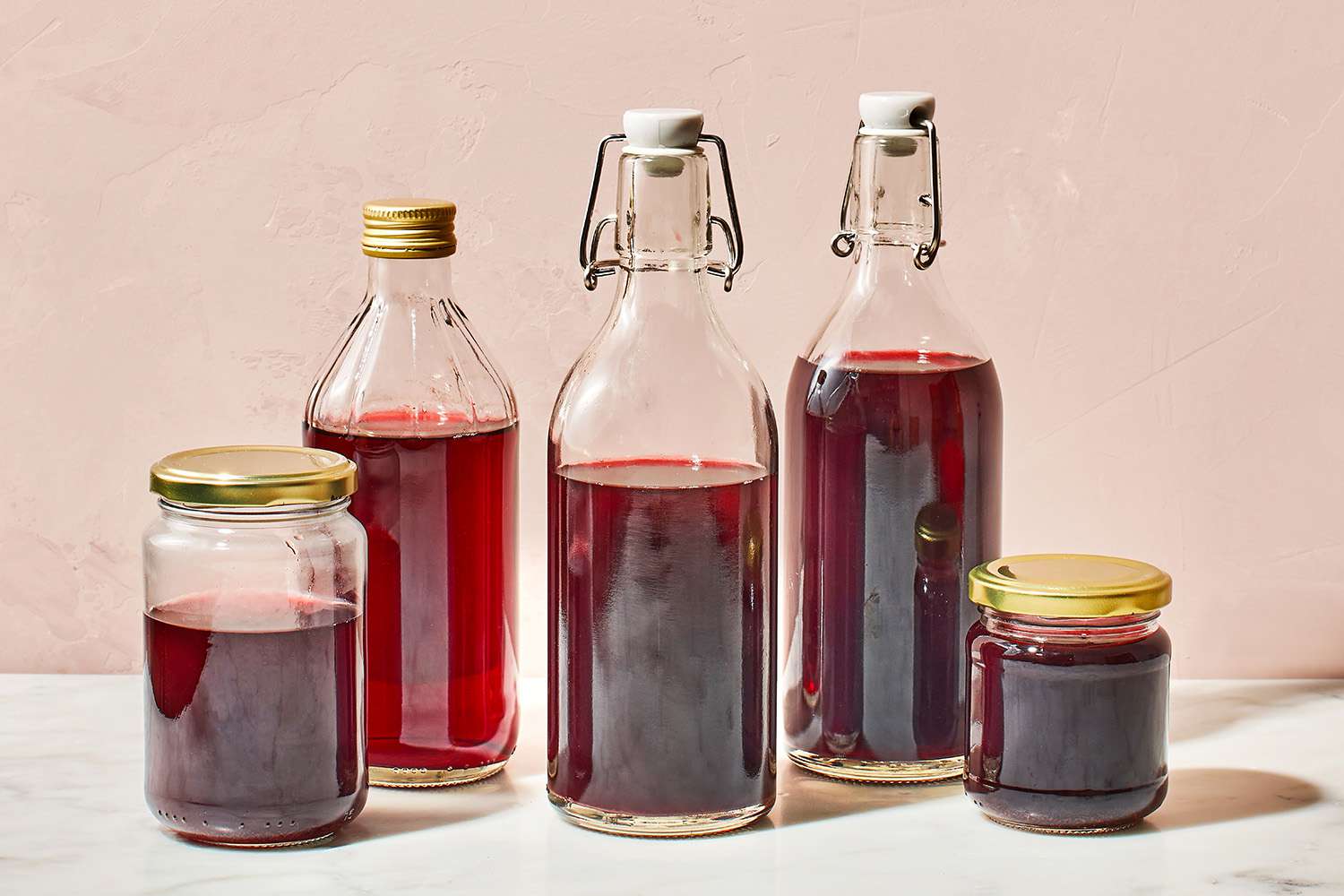
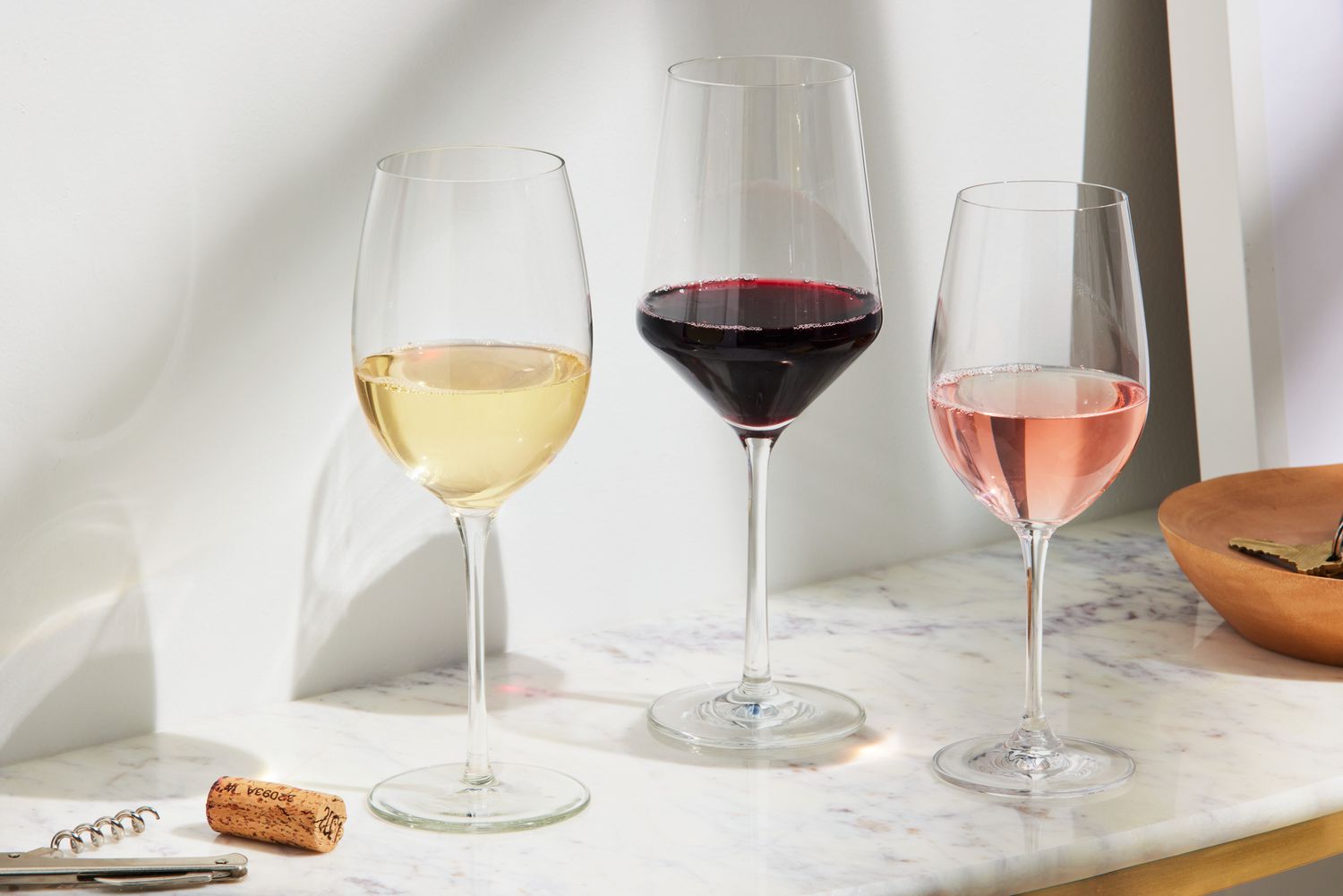
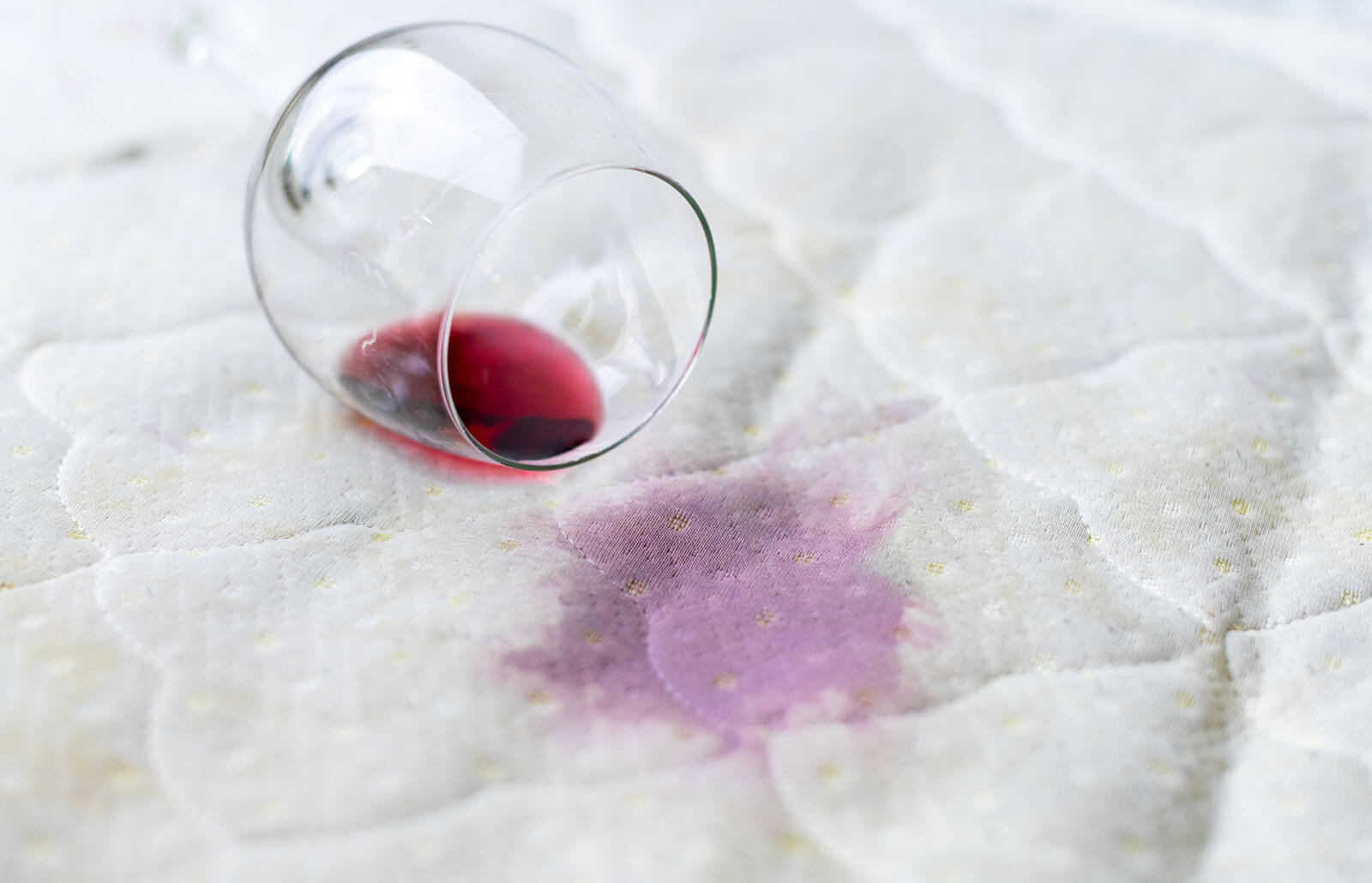
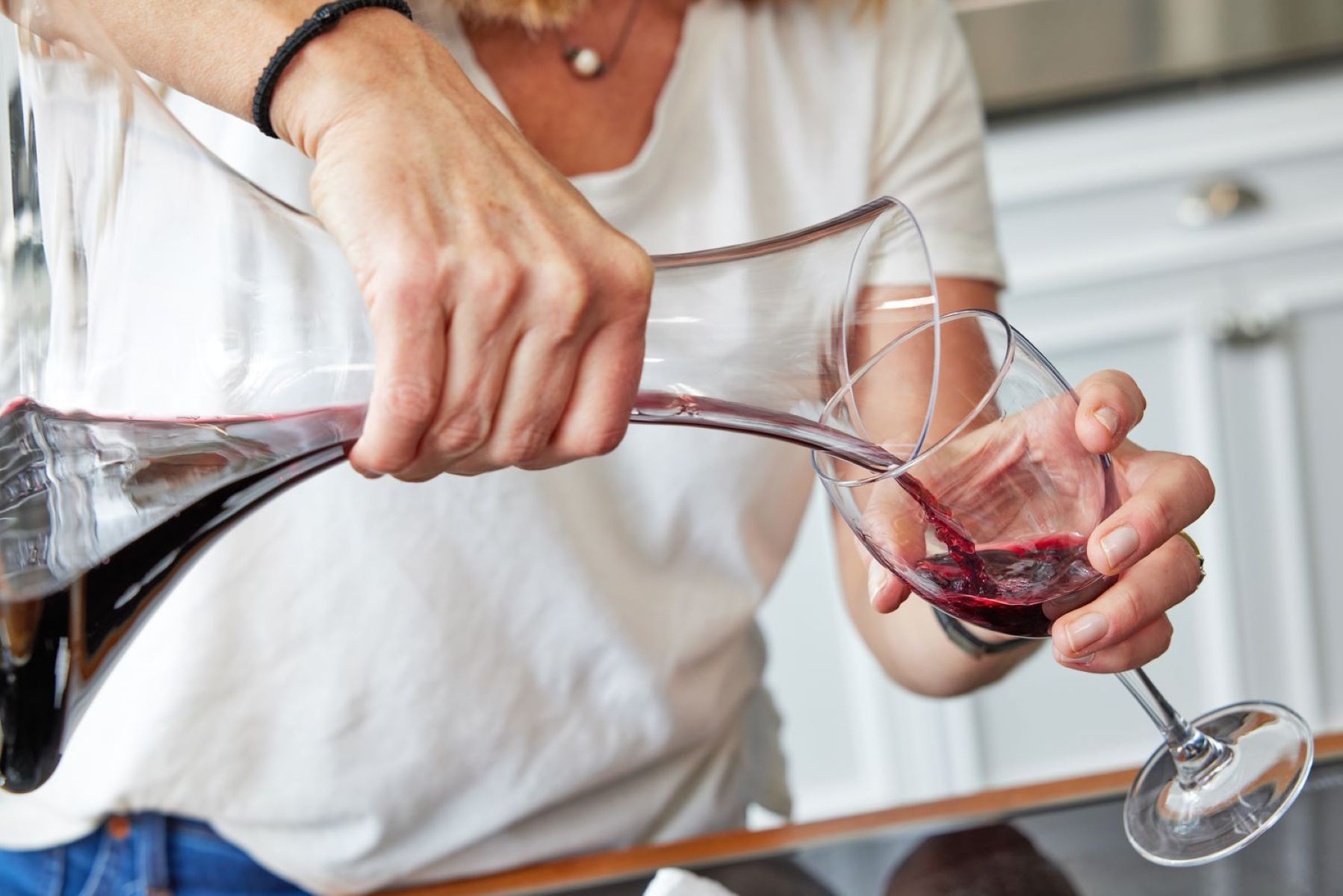
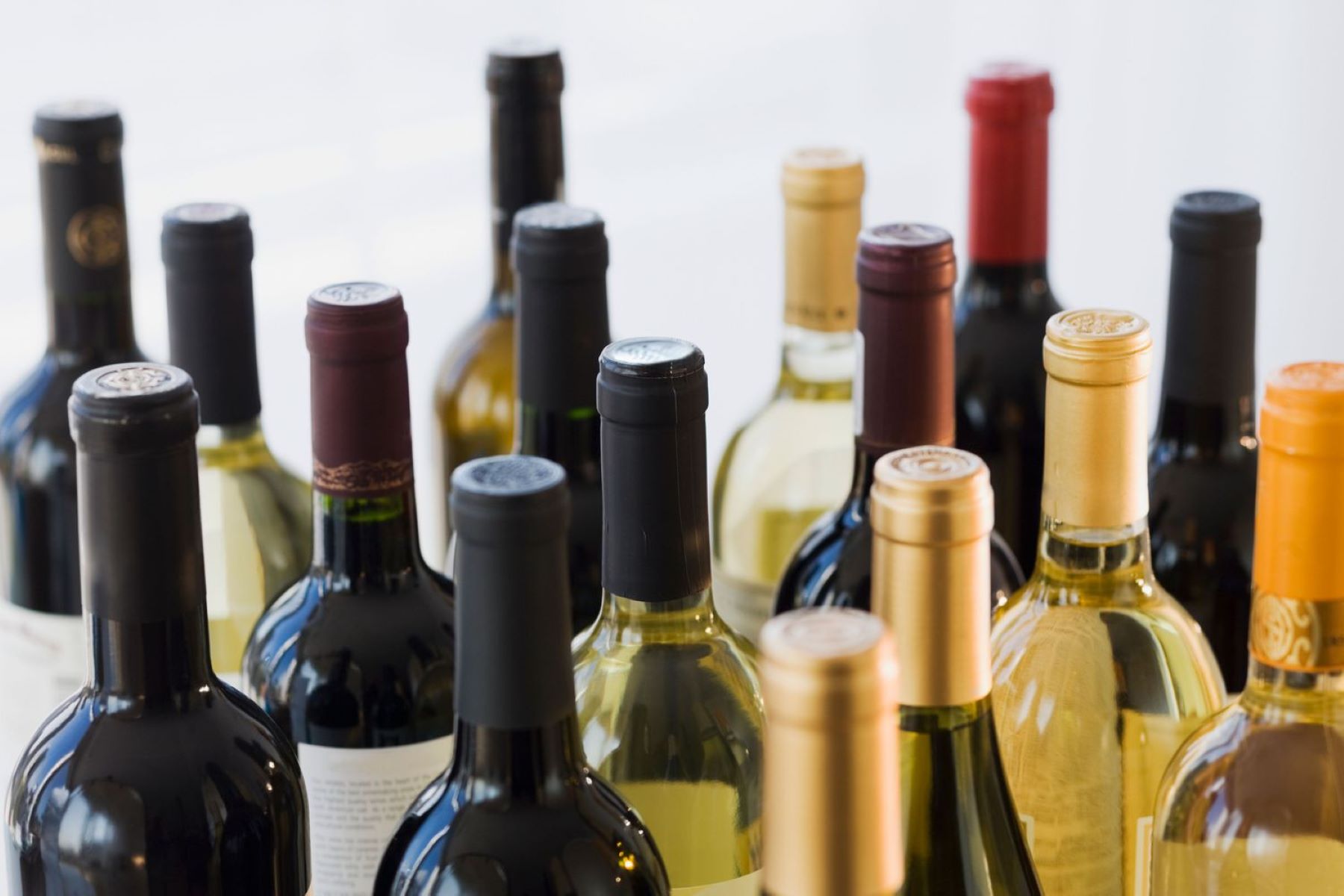

0 thoughts on “Why Are Red Wine Glasses Bigger?”